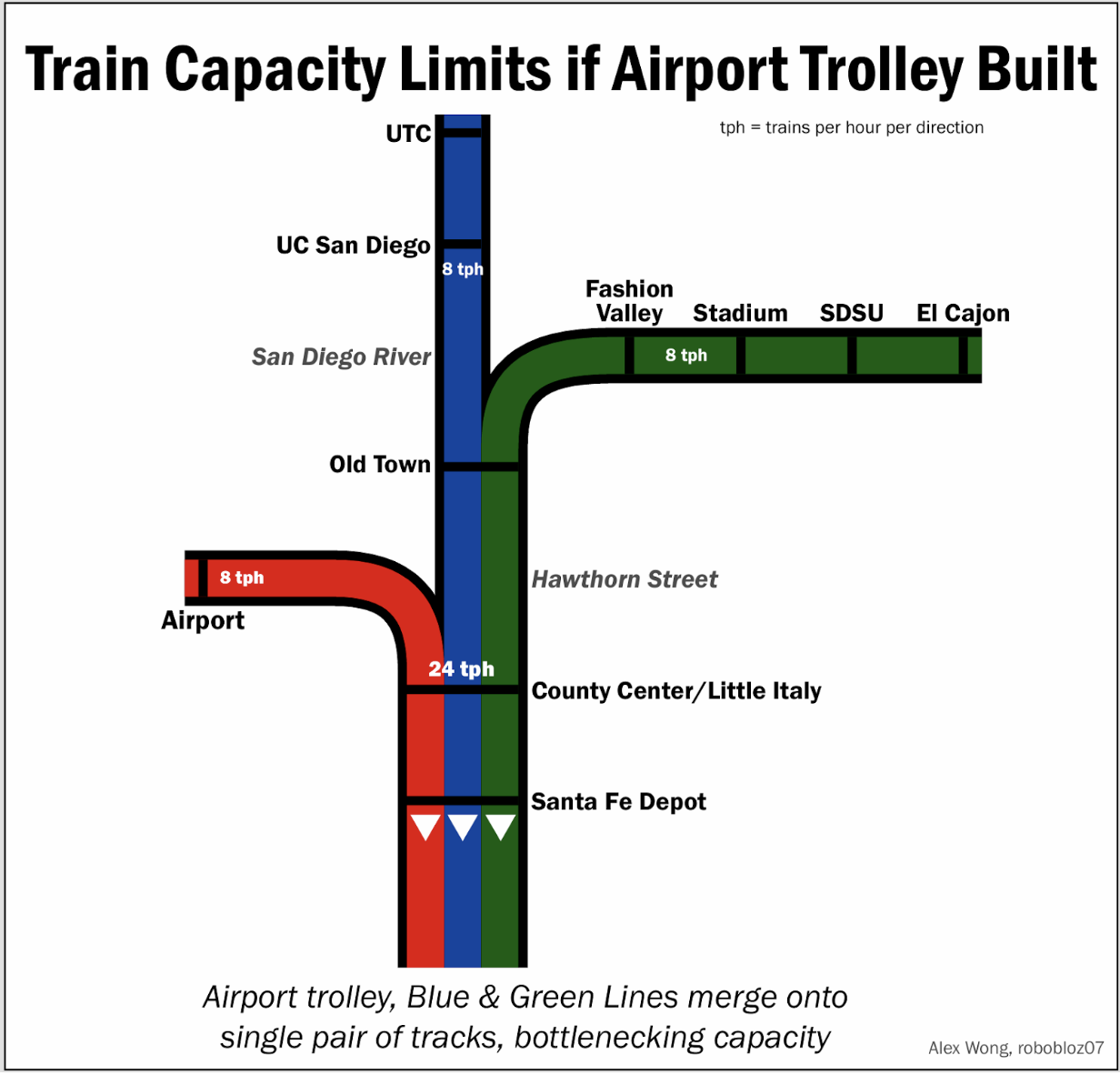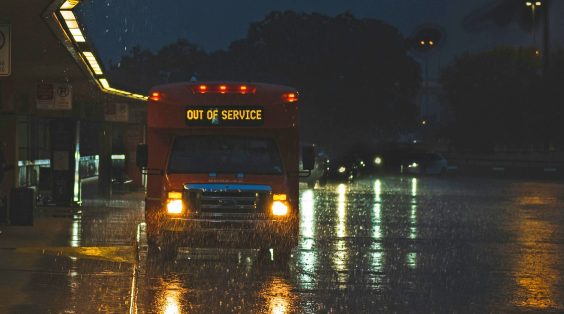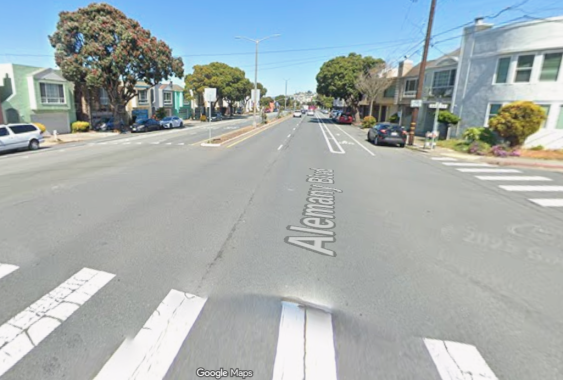This week we’re sharing a panel discussion on how California High Speed Rail could be sped up, hosted by Rodger Rudick of Streetsblog SF.
Climate advocate Carter Lavin, Eric Eidlin, Station Planning Manager for the City of San Jose, and Boris Lipkin of the California High Speed Rail Authority joined Roger to discuss what it would take to get the project done faster — and all the potential benefits.
A partial edited transcript of our conversation can be found below the audio player. Click here for a full, unedited transcription.

Boris Lipkin: We made the commitment in 2008 that we would run the system on renewable energy. At that time, that was a lofty goal. Not a ton had been studied about what’s feasible in, in that regard. I think BART is on their way to running on 100 percent renewable energy by 2025. What was a lofty goal at one point is now, it’s not mundane yet, but it’s within reach. California has always positioned itself as a leader on these issues and continues to take that role.
That’s still very much part of the bones of what we’re doing, and how it fits into the overall big picture taking cars off the road, taking planes, you know, the air industry is more decarbonized even than cars. Our greenhouse gas goals are certainly one of the things that we’re trying to achieve, along with the connectivity and economic benefits that a system like this offers.
To go back to an earlier question about some of the differences between US and Europe or Asia, what comes to mind for me is that, in many ways, high-speed rail projects are the largest projects that governments usually undertake in terms of transportation, certainly.
In other parts of the world these become national priorities in a way that I don’t think we’ve penetrated here. We're the largest rail construction project anywhere in the country, I can tell you that right now, and probably one of the largest transportation projects period. But that hasn’t, at least to this point, fully reflected in the national prioritization of these things.
If you go back 50 or 100 years, we’ve invested, you know, trillions into cars. We’ve invested hundreds of billions into airports. We’ve invested probably tens of billions into rail. What we have in our project is that the state so far has been about 85 percent of the funding with only about 15 percent from the federal government.
When we did the highway system, that was basically the reverse — it was 80 to 90 percent federal funding for the highway projects.
Carter Lavin: I want to chim in on this, particularly about the federal question, because one thing that’s been frustrating for me as a person who’s traveled throughout California a lot and loves California deeply is, frankly, there’s a lot of people who just throw way too much shade on the Central Valley. The Central Valley is larger than 32 other states. When people talk about federal funding, just because California isn’t balkanized like all these east coast states. I’ve gone on runs in the east coast where you like cross state boundaries, it’s hard to do that in California.
We are still paying the federal government. California has given the federal government billions of dollars in the time period of this project. There should be a federal priority. We have a senate race going on right now. Barbara Lee, Katie Porter and Adam Schiff are going across across the state trying to tell everyone "vote for me." We need to ask, "What are you gonna do to get the high-speed rail done faster, because this is a national priority?"
This is going to do more to lower emissions than a lot of other projects, and it can be done in five years. I think a big part that people don’t understand is that construction isn't happening 24/7. People think the high-speed rail project has all the money and it’s just getting frittered away. They don’t realize that you have to sprint to a construction site, do a bunch of things and then get out of there for BNSF to do whatever they’re gonna do. They don't get that like various people are able to say, "Oh no, you can’t do this construction work now and you have to do it elsewhere." They don’t realize that 20 percent of the work has just been fighting to do the work and that is a huge delay.
Roger Rudick: Yeah, I think they also don’t realize that the federal government has given billions in matching funds, and then cut it off — and then tried to claw it back, depending on the change in administration. And I wonder, Eric, you know, we’ve got high-speed rail in all these other countries with different political systems. China’s political system is pretty different from France, which is maybe not as different from Spain, but how come all these other countries can figure out how to get behind what is to them a basic transportation system, and their federal government will continue to support it? Here it’s become this highly politicized left versus right battle. That’s something I sincerely have never understood. Do you have any sense of it?
Eric Eidlin: Uou mentioned a range of countries. China has a very strong central government. In Europe, France also has a very strong central government. For them, high-speed rail was a bit of a space race. It was an issue of national pride being the first in Europe. Certainly, it isn’t that for us. And then these federal countries, like Switzerland or Germany, typically, they’re governed by coalitions. Generally whether it’s right or left, there is a sense that passenger rail is a real necessity.
There’s the climate crisis. Perhaps that’s more a priority for some people than others. Another big focus of this is building communities around the stations. There’s been a lot of work in Fresno, and we can’t underscore enough the importance of doing that correctly and making sure those areas right around the stations are not just vast park-and-ride lots, and that we’re really making the most of them in terms of economic development.
That’s really a priority. So I mean, I don’t know how many people have been to Europe. Maybe if you’re there on a work trip, you really understand, like, "Wow, look how much I can get done when I’m traveling from Paris to Marseille on the train." That experience is maybe a little bit harder to convey, but I think the more we can do that, the more political support we will get. All of this gets easier with more public and political support.






